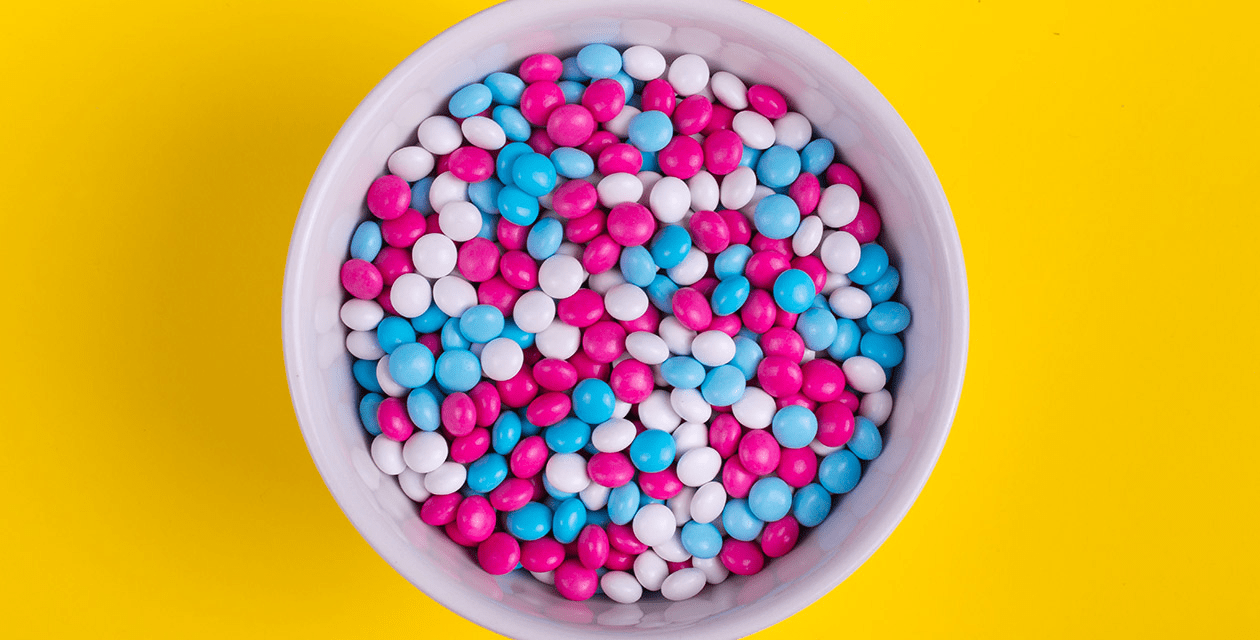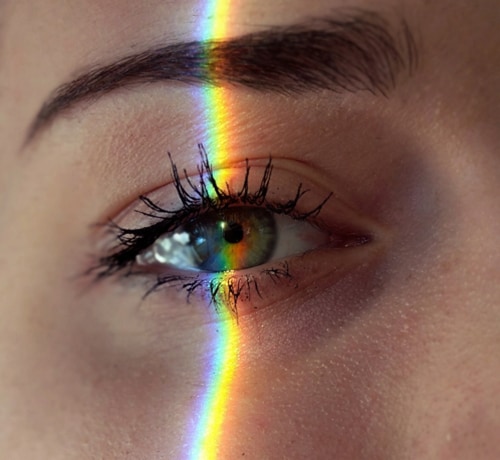By all accounts, the current marketplace is cluttered, making it difficult for brands to differentiate themselves from the competition. Consumers have more choices than ever over what, how, when, and why they’re buying from a particular brand. With so many mass-produced products, etail boutiques, and big-box retail stores competing for attention, the case for personalized products is gaining traction as a desirable choice for shoppers and consumer packaged goods (CPG) businesses.
When adopted and implemented correctly, personalization makes a significant impact that goes beyond simply meeting consumer demand. Personalized CPG products give brands the ability to form deeper, emotional engagements with their customers, and ultimately build loyalty for their products.

The Evolution of Personalizing Consumer Products
In the past, companies relied on customization—where a consumer makes changes to a product from a curated list of options—to create value propositions for their general audience. This happens when a car buyer customizes his or her car’s paint color, interior upholstery, and other features, all selected from a formalized menu of alternatives.
Inversely, personalization gives the consumer unlimited options along with these coveted value propositions: an individualized shopping experience and the chance to claim the product as their own. A study by Deloitte found that “1 in 4 consumers are willing to pay more to receive a personalized product or service” and “in some categories, more than 50 percent of consumers expressed interest in purchasing customized products or services.”
Social media factors into personalization too. In this era of influencers and bloggers, names, monograms, and other personalizing tools give consumers ownership of something they identify with. As soon as someone shares how satisfied they are with a personalized product, they transform from a shopper into genuine brand advocates—and organically build sales by word of mouth.
Alliance Takeaway: A personal touch like a name or monogram can elevate your CPG product categories to cult status, especially among younger generations.
Major CPG Food Companies & Product Personalization
M&M’s was one of the first food brands to leverage personalized products to scale. The popular hard-coated chocolate candy premiered “My M&M’s,” giving consumers the option of printing customized messages on 17 different colors of the candy. Consumer response was so great, Marc Meyer, a professor at Northeastern University who has studied the chocolate brand extensively, estimates sales for My M&M’s immediately rose beyond $10 million. Today, customers can upload photos and have them printed on virtually any color of the rainbow.
Fans of Oreo cookies gobbled up Colorfilled cookies, which turned the cookie’s wrapper into an imaginative, personalized canvas. Available only online, the Colorfilled experience gave consumers the chance to order a color-your-own pack, along with personalized greetings for any occasion.
Alliance Takeaway: Personalization drives brand experiences and repeat sales throughout the year.
Coca-Cola’s “Share a Coke” Campaign
In 2011, Coca-Cola launched it’s ‘Share a Coke’ campaign that runs to this day and continues to be a tremendous success with consumers. Introduced in Australia, the campaign’s intent was to create a more personal relationship with consumers and inspire shared moments of happiness. The iconic beverage brand especially wanted to connect with a younger generation who were not drinking their product. This first-of-its-kind consumer brand strategy replaced the traditional wrapping around a Coca-Cola bottle with a label that said “Share a Coke with…” and a popular name.
Coca-Cola’s personalized labels ignited a shift in consumer behavior, causing customers to comb through vending machines and store shelves looking for their name, as well as names to share with their family and friends. They were then encouraged to tweet about their brand experience using the hashtag #ShareaCoke. Since its launch, the brand took the naming conventions one step further, whetting customer appetites with labels like “Star,” “Bestie” or “BFF.” They’ve also added popular quotes and lyrics to the bottle and can labels. The company now has a lineup of 6,000 SKUs.
Alliance Takeaway: Personalization is a great way for brands to make customers feel a part of their story.
The Success of Personalized Self-Care
The telemedicine startup Hims and its sister brand Hers have redefined access to health and wellness, thanks to over 50 products featuring affordable pricing and an online platform that provides easy-to-read information about skin, hair, and sexual health concerns.
The business model works on a personal scale: each user creates a profile with their medical history and symptoms. After sorting through the information, the company connects the user to a physician in its network. The company’s FDA-approved, medical-grade products like generic Viagra are presented in minimalist packaging and delivered directly to consumers, indiscreet, unbranded envelopes, and plain corrugated boxes.
Beyond personalized prescriptive and wellness solutions, the company is partnering with medical and mental healthcare professionals. Hims & Hers founder Andrew Dudum explains, “Our ultimate goal is to put you back in charge of your own health and wellness. That’s why we are building a first-class healthcare system that puts people first.”
Launched in 2017, Hims is rapidly approaching the $1 billion valuation territory.
Alliance Takeaway: By removing the middlemen and personalizing the offer, brands can build loyal relationships with their consumers and may be less likely to switch brands.
Looking to Make Your CPG Product Stand Out?


